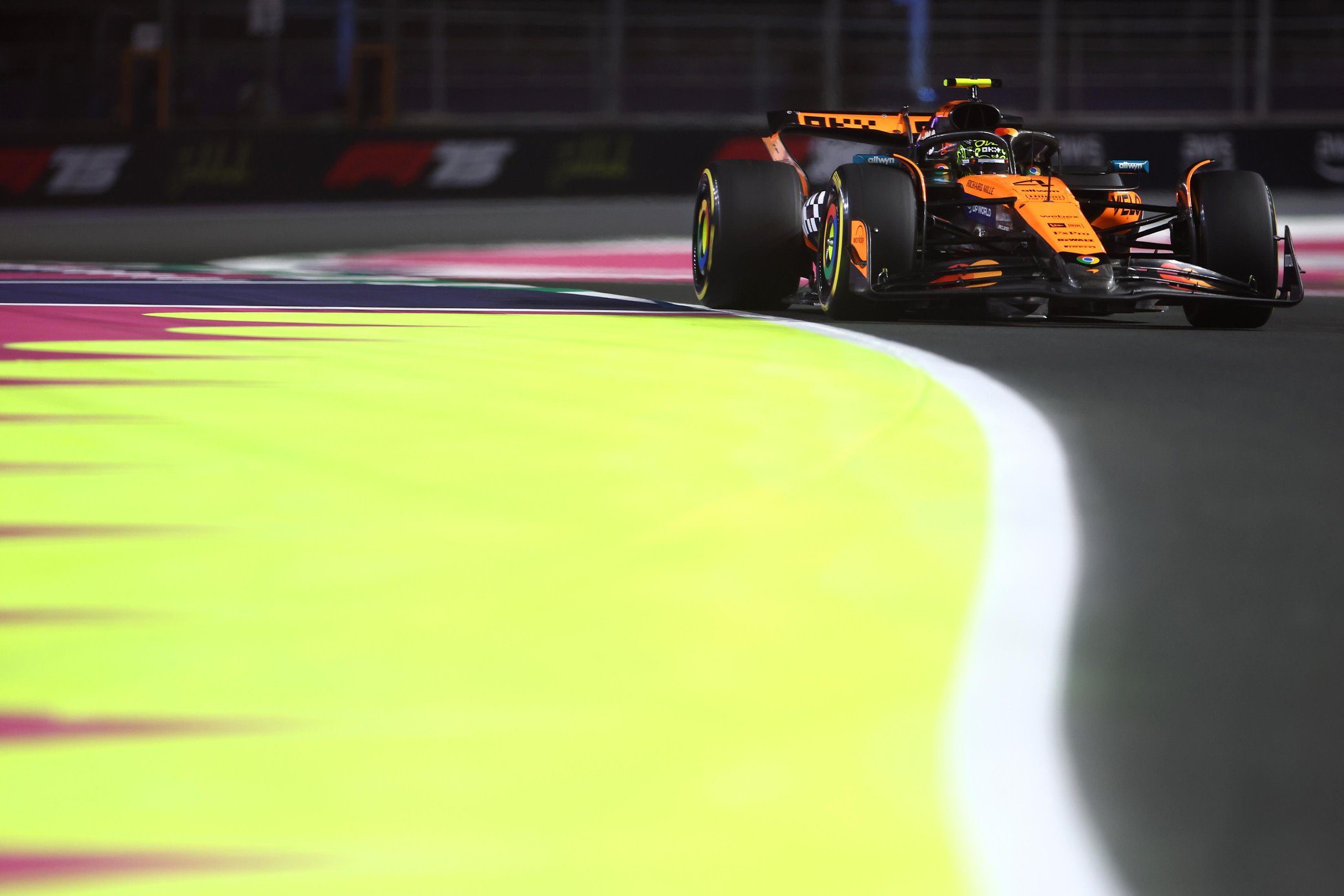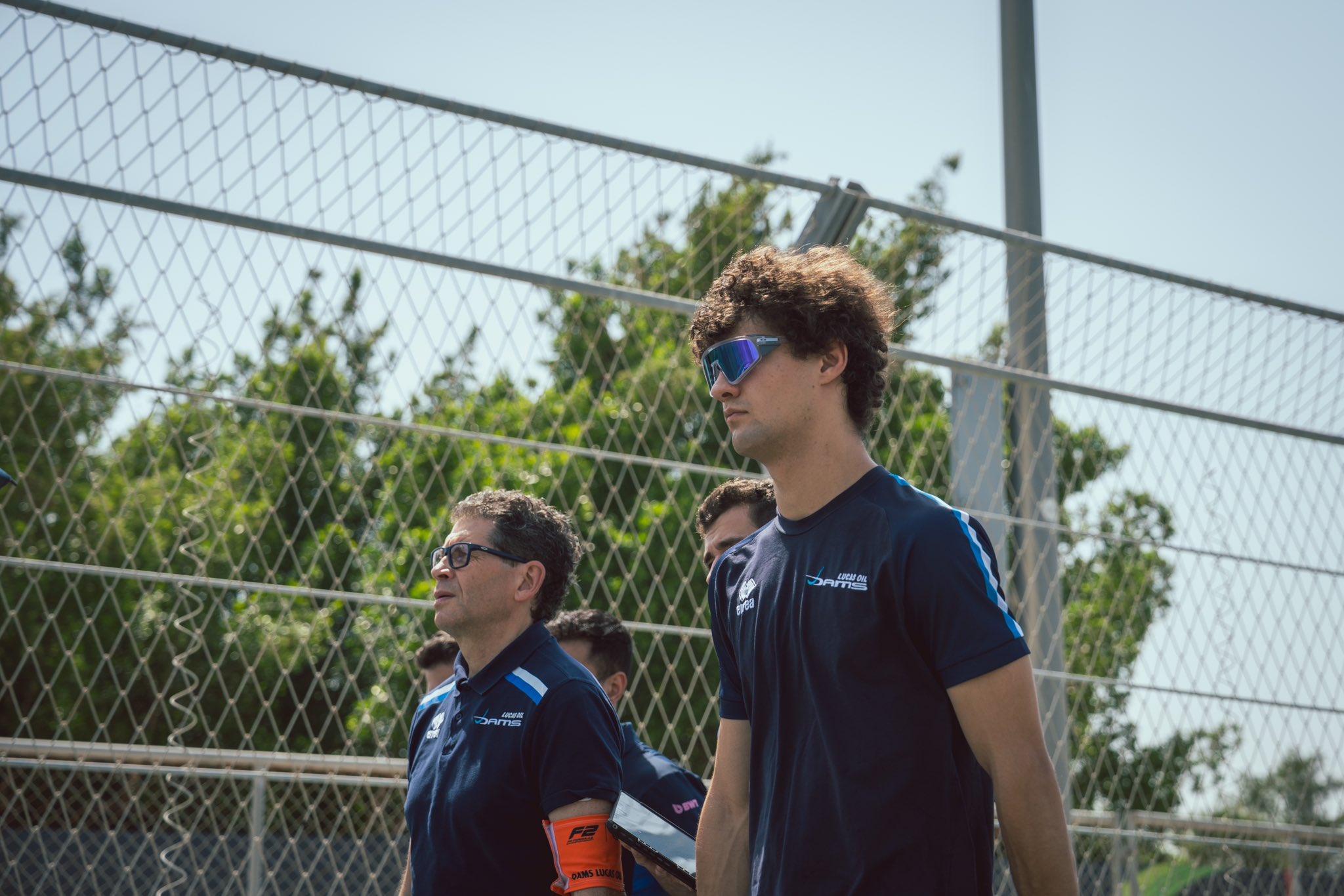By Lenny Sundahl
This is part of a recurring series looking back 20 years at one of the more eventful seasons in recent Formula 1 history. Amidst the dominant run of Michael Schumacher and Ferrari, 2003 stood out not just as the one season of his five straight titles where Schumacher was seriously challenged all season, but as a marker for several trends that shaped Formula 1 into what it is today.
The 2003 season would be a turning point in Formula 1: in the middle of a string of unrivaled-to-date dominance on the part of Michael Schumacher, the FIA began instituting rules changes designed to improve the competitiveness of the series, and while many of these rules did not stick, it began an increased focus not just on the traditional spaces of technology and safety, but also of quality of competition.
The least drastic of these changes was an allowance for smaller teams to conduct test sessions with reserve drivers at race weekends. At this point, teams were still allowed to conduct private tests, and while the Ferraris and McLarens had no difficulty fitting these sessions into their budgets, it was an additional strain on smaller teams like Minardi and Sauber. Two teams folded in 2002—Prost before the season, and Arrows during it—and, now at 10 teams, Formula 1 did not want to see any more falling by the wayside.
Increased value for the lesser teams was also behind a change to the qualifying procedure. Previously, all times were taken out of a one-hour session. This resulted in the sort of mad dash to pole that we typically see nowadays, but this was typically the focus of attention for the entire session at the expense of any excitement in the middle part of the session, and of the teams—and sponsors—at the back of the grid. The solution would be a change to single-lap qualifying: two sessions would be run, on Friday and Saturday, with the fastest lap of the two determining grid position. This ensured that all teams would have equal visibility, and there wouldn’t be long drawn-out periods of waiting for someone to try and set a lap.
2003 would also see points extended for the first time since 1960. Previously, only the top six scored points: for first, 6 for second, then 4, 3, 2, and 1 point for sixth. Beginning in 2003, points would go down to eighth place: 10-8-6-5-4-3-2-1, a system that would remain in place through the 2009 season. This was the most obvious change in response to Michael Schumacher’s dominance: after clinching the title with one race remaining in 2000, he secured the title with four races in hand in 2001 and six races in hand—not even two-thirds of the way through the season!—in 2002. By closing the gap, it was hoped that this would at least make the title fight less lopsided than it had become.
The last change was largely another cost-saving move: teams would only be allowed to bring one type of wet tires to a race weekend, instead of the two (wet and intermediate) that were typically available. This was in the middle of what would be the last tire war in Formula 1, between Bridgestone and Michelin, however, and strategic considerations were at play for the teams in each camp. In 2003, the field was evenly split between the two camps: defending champions Ferrari ran Bridgestones, as well as Sauber, Jordan, BAR, and Minardi, while Michelin supplied Williams, McLaren, Renault, Jaguar, and Toyota.
Ultimately, 2003 would see a much closer fight than had been contested in the last few seasons, but not necessarily as a result of these rule changes. The wet tire situation in particular would become a nearly immediate and drastic factor in the first quarter of the season. Michael Schumacher, and Ferrari, were kings of Formula 1—three straight drivers’ championships, and four straight constructors’ titles—but new challengers were coming into their own, and Schumacher would not be alone at the top for long…

Photo: Formula1.com




